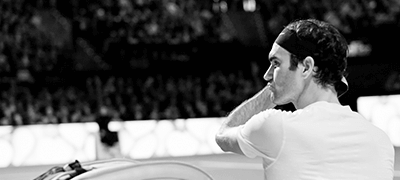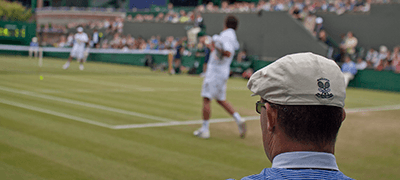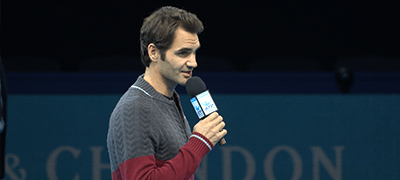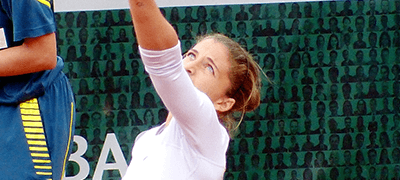Ball kids: the unsung heroes
Jul 27 4 min read
10:26 am
ball-boys on Flickr by Marc Di Luzio under CC2.0
During a Grand Slam or a Masters tournament, a battalion of ball kids are seen actively chasing down balls, dashing and bolting around the court to keep the match at the pace it deserves. If you can ever watch a tennis match in a fluent rhythm, then it is not merely because of the shots produced by the players while rallying. A lot of credit should go to those heroes who are active between two points – the ball boys and girls. Such fluidic rhythm needs a lot of practice. Behind the scenes, these young individuals undergo vigorous tests, selections and training. Here is a brief summary of the life of ball boys and girls, who toil much harder than what you can imagine.
INTRODUCTION
Ball boys were introduced in 1920 during Wimbledon. They were chosen from Southwest London School and Shaftesbury Homes. Ball girls made their first appearance in 1977 at Wimbledon, but they made their mark on Center Court in 1985. The US Open is the grand slam where ball “kids” can be aged above 40!
The basic idea behind the introduction of the ball boys and girls was to reduce the time between points and keep the use of a selected number of tennis balls in rotation. The kids are placed at the net and behind the baseline towards the end corners of the court.
THE DRILL
Different tournaments have different modes of choosing their ball boys and girls candidates. However, Wimbledon’s criteria of selection is most thoroughly studied.
Before Wimbledon begins, nearly 1000 hopefuls apply to try their luck at becoming the ball kids on the ever glorious Center Court and to see their favorite players up close. These 1000 undergo a written test based on the sport wherein they have to score at least 80 percent to progress.
"It’s not an easy process and they have to be resilient and not take it personally"
A physical test then follows. Applicants are made to undergo various exercises like jogging on the spot, star jumps, squats, twists and lunges in the scorching London sun. six months, some are chosen while others are sent home crestfallen until they can try out again the following year.
These kids also have to master the art of "feeding" the ball. There are two ways to feed the ball to the hungry racquet of the player. One arm holding the ball goes up in the air, and after an affirmative nod from the player, the ball is thrown so that it pitches once and lands right on the racket.
The other method is when the ball kid takes all the three balls in on hand, goes up close the player, and just places the balls on the player’s racquet. The kids also need to be smart enough to judge the player’s preference of how the ball needs to be fed.
Apart from feeding, there is something known as "precision rolling." This is when the kids are taught how to pass the ball to each other and is an essential part of rotating the balls in play. Besides, the art of rolling the ball on the lush green grass does not only add to the gentleness of the sport but also adds to its decorum and discipline.
"The training program has to be tough because there’s a huge element of trust and we have to be sure they do their job without distracting the players.
For other grand slams, advertisements go on air and applicants try their luck accordingly. Standing straight, being sharp to collect balls after each point, bringing the players’ towels and drinks whenever they need and at times, avoiding being hit by serves in excess of 200 km/h are some of the small but major things that matter. Hence, concentration, stamina, fitness are the three main factors that need to be considered for the job.
On the court, they apply all their training and are constantly observed by their supervisors. These supervisors at the end of the match judge the group of six, who are given a score out of five. The smallest error committed by them can affect their chances of being chosen to appear further in the tournament.
THE SOLDIER
Being a ball boy or girl is definitely an honor considering the process that they go through. Fourteen hours of hard work on the court is more than appreciable. Those young kids aged as young as 10 and as old as 17 years have a glimmer of passion and curiosity in their eyes. Having the opportunity to meet their favorite player, getting their autographs, an occasional click with a legend, a splendid single-handed catch and the applause from the audience; these are the moments why so many embark on the journey. Little do the spectators and viewers know how much these kids sweat it out just to make it onto the court.





















